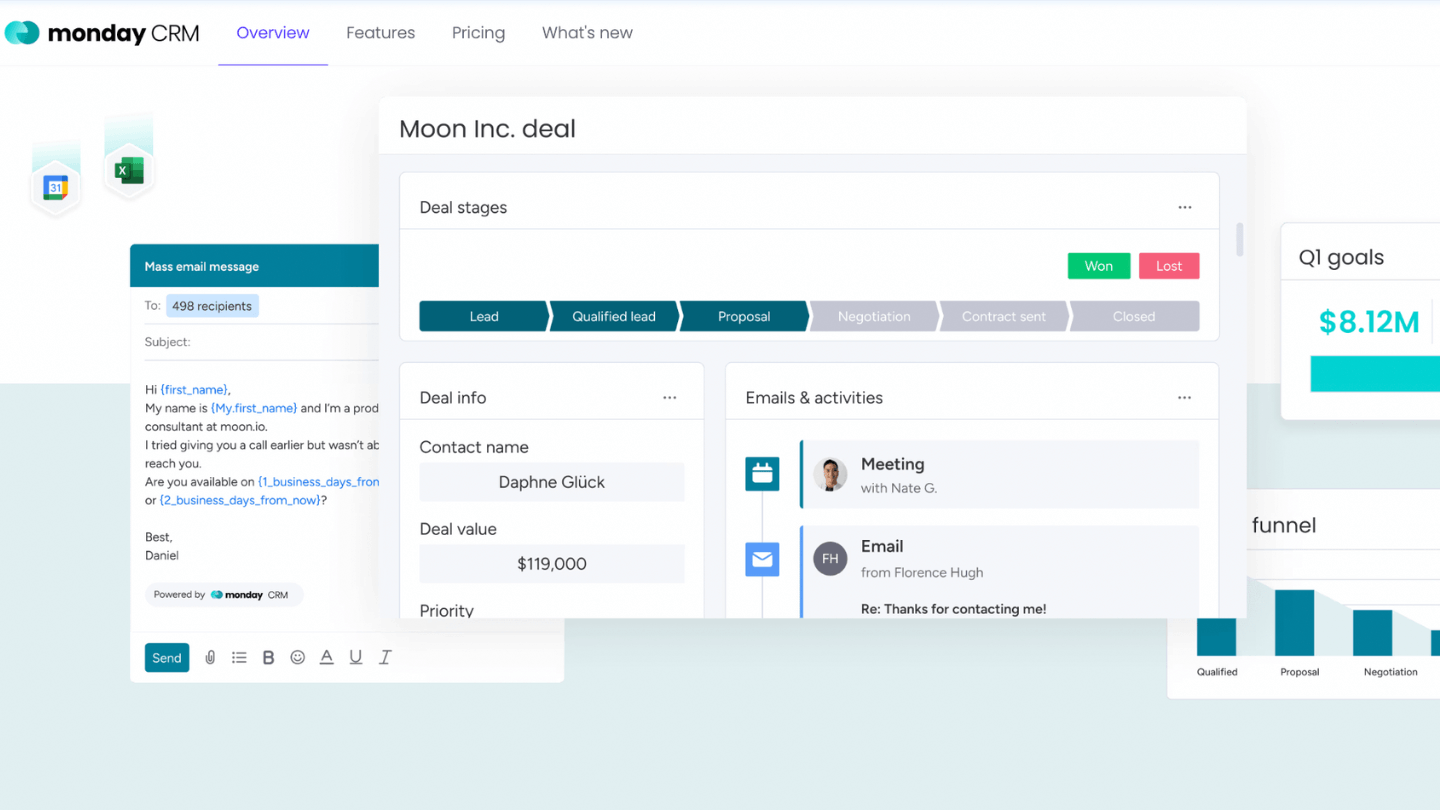It’s no secret that implementing new business software is a risk, and CRM is no exception. Over a decade of research has shown that 30-60% of CRM projects fail. Knowing the risks will help you avoid making mistakes in your own CRM deployment. In this article we have highlighted the 5 most common reasons why CRM projects fail.
Sommaire
#1 Setting unclear goals and expectations

Senior executives involved in the implementation process must have a clear vision of what the company can achieve by adopting CRM. These executives are committed to making CRM a success and thus provide ongoing guidance and advice from the outset, throughout the CRM implementation, and beyond.
Salesdorado’s advice
The more customer relationship management is linked to key business strategies, the more important it is likely to be to senior management.
#4 Poorly manage and anticipate data quality issues
Too many CRM projects suffer from “dirty data”, a problem that arises when you have duplicate, incomplete or erroneous data.
If users do not trust the data in your CRM, they will be less likely to enter new information correctly, which will only compound the problem. If left unchecked, poor data quality can undermine your entire business strategy (customer service, revenue forecasting etc).

Maintaining a “clean” database is not an easy task. It requires effort on the part of end users, administrators and managers. To get off to a good start, here are some good practices to adopt today:
- Simplify the data entry process. How can you do this? By limiting the number of clicks your users have to make to enter essential data.
- Define the mandatory fields.
- Use validation rules to ensure that data is entered correctly.
- Use conditional rendering to display only fields relevant to the user.
#5 Failing to involve your technical teams
It is important to take into account investments as well as the existing IT infrastructure. According to a Gartner study, three quarters of all SaaS purchase decisions are made by business managers rather than IT managers, suggesting that IT departments are rarely included in the CRM planning process.
When business units acquire CRM systems without IT involvement, they are much more likely to encounter integration, customisation, support and upgrade problems. Even when your system is up and running, you will need to ensure that you maintain the quality of your data over time.
In short, if your objectives are clear and the users of your new system are fully engaged, you will have the best chance of getting your business off the ground.





